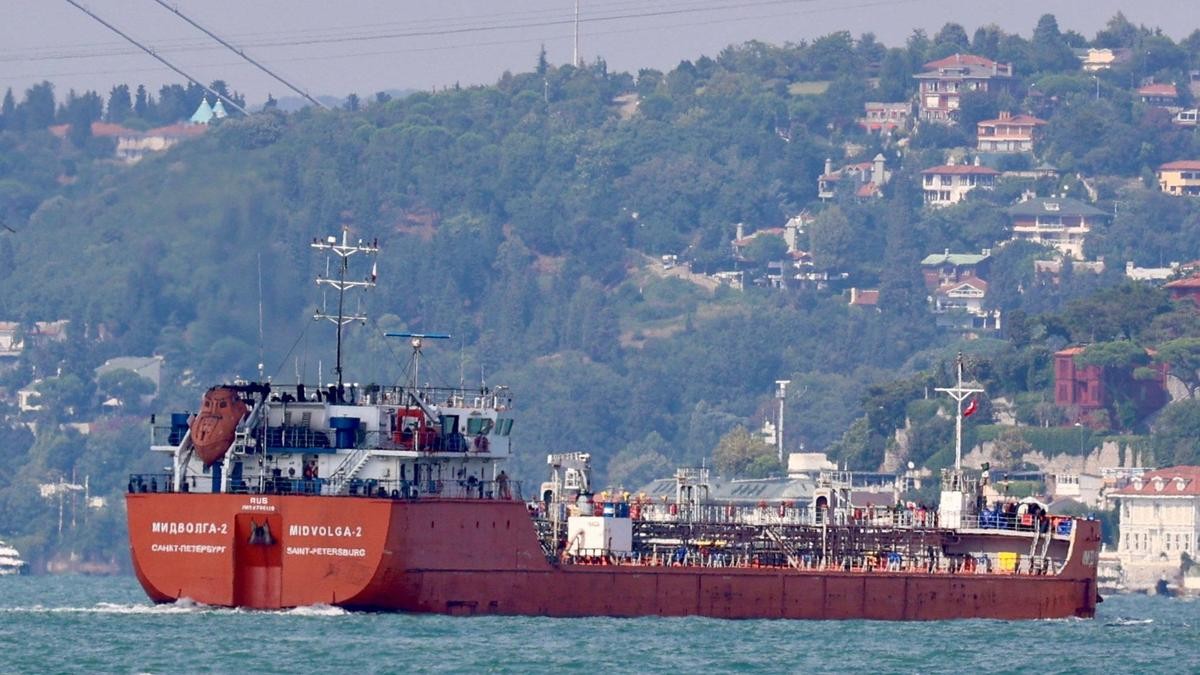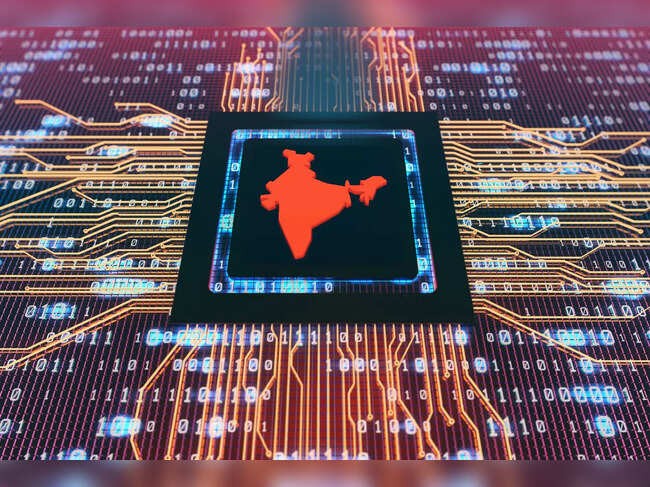



India’s road safety crisis causes massive deaths and economic loss. With 12.2 deaths per 100,000 people, urgent people-centric urban mobility and Safe System approaches are vital. Legal reforms, infrastructure upgrades, and corporate funding can reduce fatalities, protect youth, and support inclusive, sustainable development aligned with Viksit Bharat 2047 goals.

Copyright infringement not intended
Picture Courtesy: THE HINDU
India faces a road safety crisis that demands people-centric urban mobility solutions to save lives and ensure inclusive development.
In 2022, 168,491 people died in 4.61 lakh road accidents, which is equal to around 12.2 deaths per 100,000 people. Japan and the U.K. have road traffic death rates of 2.57 and 2.61, respectively.
This makes India one of the deadliest countries for road travel, accounting for 11% of global road crash deaths despite having only 1% of the world’s vehicles.
Speeding causes 70–75% of the deaths, followed by wrong-side driving, drunk driving, and distractions like mobile phones. Poor road design, inadequate lighting, and lack of pedestrian facilities also contribute.
Road accidents cost India around 3% of its GDP every year due to healthcare expenses, lost productivity, and infrastructure damage. This economic burden slows down national development.
|
Official data, like that from the Ministry of Road Transport and Highways (MoRTH), underreport accidents due to limited police resources and inconsistent reporting from healthcare facilities. For example, a 2015 National Crime Records Bureau report estimated 2 million serious injuries, suggesting the real toll could be higher. |
Safe road travel as part of Article 21’s right to life. This legal perspective promotes road safety from a policy issue to a fundamental duty of the state. It indicates that the government must ensure safe infrastructure, enforce traffic laws, and provide emergency care to protect citizens.
The Supreme Court of India has reinforced this view in cases like Parmanand Katara v/s Union of India (1989), where it ruled that the state must protect life, including through timely medical care for accident victims. However, implementation lags. For example, Good Samaritan laws (protecting bystanders who help accident victims) exist but are poorly publicized, discouraging public assistance.
With urban population set to hit 50% by 2047, cities face rising vehicle ownership and congestion. The Safe System Approach, adopted globally, shifts focus from blaming individuals to designing roads that forgive human errors. Key features include:
The iRAP Four States Report (covering Tamil Nadu, Karnataka, Andhra Pradesh, and Telangana) found that upgrading roads to a 3-star or better rating (a global safety standard) could prevent 50% of deaths and injuries.
Tamil Nadu’s success in reducing fatalities by 25% (to 10,000 in 2019) shows the approach works when paired with data-driven interventions like crash site analysis and digital enforcement.
The Motor Vehicles (Amendment) Act, 2019, increased penalties for traffic violations and mandated electronic monitoring. MoRTH’s Advanced Traffic Management System (ATMS) uses AI-based cameras to detect speeding and red-light violations.
Experts propose that automobile companies allocate their CSR funds to road safety for 20–25 years. This could finance:
The World Bank Report 2020 estimates a $260 billion global investment gap to halve road deaths by 2030. In India, private sector involvement is growing. For example, the SaveLIFE Foundation partners with corporations like Mahindra to fund zero-fatality corridors. The iRAP program also collaborates with private firms to assess and upgrade roads.
The World Bank and iRAP reports highlight that road safety investments yield high returns. Spending ₹1 on measures like speed bumps or pedestrian crossings can save ₹4 in crash costs.
Beyond economics, safer roads protect India’s youth, who make up 60% of crash victims (aged 15–34). This preserves human capital essential for Viksit Bharat 2047.
Must Read Articles:
GLOBAL STATUS REPORT ON ROAD SAFETY 2023
CHALLENGES TO ROAD SAFETY IN INDIA
Source:
|
PRACTICE QUESTION Q. "Road accidents in India are not mere incidents but symptoms of systemic governance failure." Critically analyze. 150 words |









© 2026 iasgyan. All right reserved